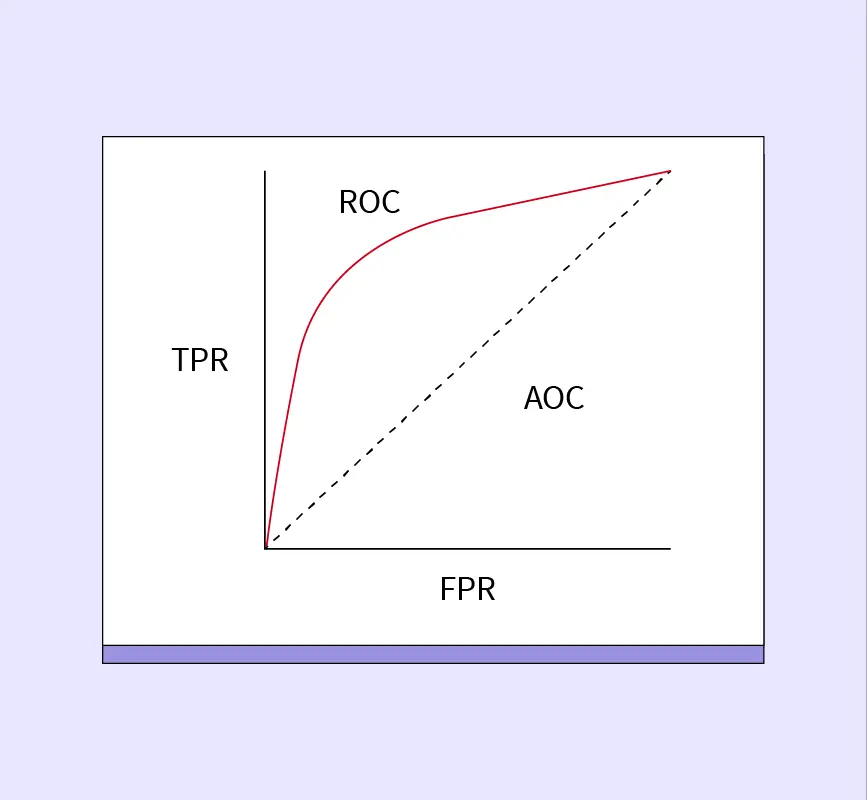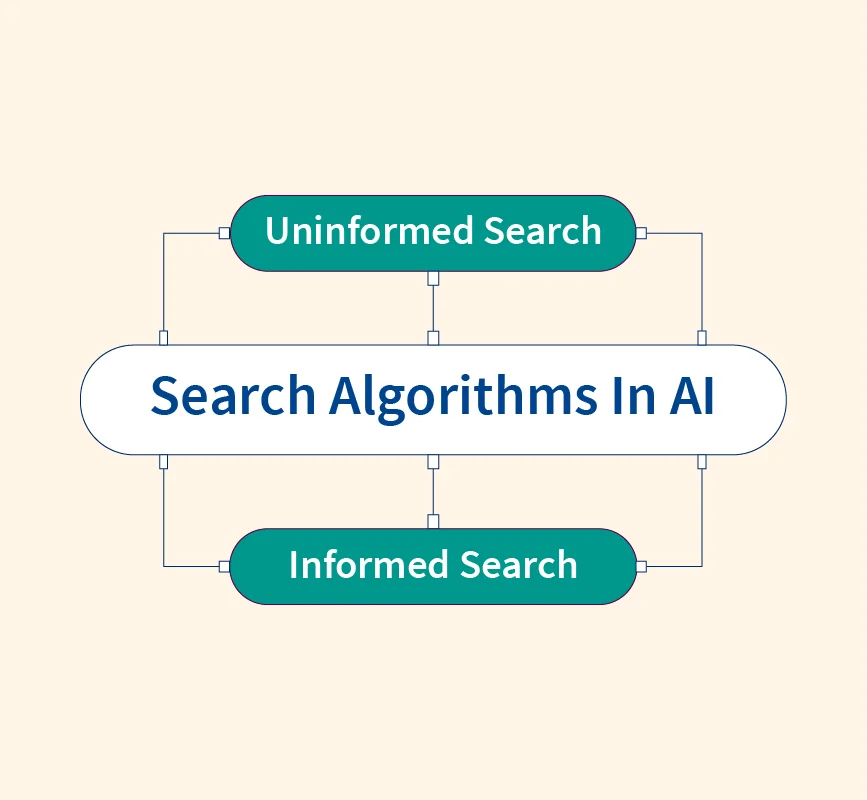In the field of artificial intelligence and machine learning, learning algorithms are essential for developing systems that can adapt, predict, and improve over time. Among the foundational learning techniques is inductive learning, which focuses on drawing general conclusions from specific examples. It mimics the way humans learn from experience—by observing patterns and extrapolating rules. Inductive learning is the core of many machine learning applications, including classification, regression, and pattern recognition. This article explores the concept, benefits, and practical applications of inductive learning algorithms, outlining how they enable intelligent systems to generalize insights from past data and perform effectively on unseen scenarios.
What is an Inductive Learning Algorithm?
An inductive learning algorithm is a type of machine learning approach where the system learns by observing examples and generalizing patterns from them. The fundamental principle behind inductive learning is to infer a general rule or function from specific instances of input-output pairs. In other words, the algorithm uses training data to derive models that can predict outcomes for new, unseen inputs.
For example, if a model is trained with data showing that fruits with certain colors, textures, and shapes are apples, it can learn to identify apples in new data based on those patterns—even if it hasn’t seen those exact fruits before.
The strength of inductive learning lies in its ability to generalize, which allows it to perform well in dynamic and uncertain environments. It doesn’t rely on predefined rules but instead creates its own hypothesis based on observed data, adjusting as more information becomes available.
Inductive learning algorithms are widely used in applications like spam filtering, medical diagnosis, voice recognition, and recommendation systems. They underpin various models such as decision trees, support vector machines, neural networks, and nearest neighbor classifiers. These systems continuously evolve by learning from labeled datasets and adjusting predictions over time.
Inductive vs Deductive Learning
Inductive learning and deductive learning are two distinct approaches to reasoning and knowledge acquisition.
| Aspect | Inductive Learning | Deductive Learning |
| Approach | Bottom-up: From specific examples to general rules | Top-down: From general rules to specific conclusions |
| Data Dependency | Relies on observed data or training examples | Relies on predefined rules or logic |
| Flexibility | Adapts to new data and patterns | Limited by the accuracy of initial rules |
| Common Use Cases | Classification, regression, pattern recognition | Expert systems, rule-based automation |
| Example in AI | Decision trees learning from labeled data | Logic-based reasoning systems |
| Example in Human Learning | Learning grammar by reading/speaking | Solving math problems using known formulas |
In practice, inductive learning is preferred in scenarios involving large datasets and uncertainty, such as fraud detection or medical diagnostics. Deductive learning excels in domains where established knowledge can be encoded into rules, like legal reasoning or symbolic AI systems.
Why Use Inductive Learning?
Inductive learning is especially powerful in environments where the rules governing the system are unknown or too complex to define explicitly. One of its core strengths is its ability to generalize from historical data to predict outcomes for unseen scenarios, making it highly valuable in real-world machine learning applications.
In dynamic and uncertain environments, such as financial markets or medical diagnostics, inductive learning can adapt as new data becomes available. It excels at identifying hidden patterns and relationships within data without relying on hardcoded rules.
Inductive learning is commonly used in both classification (e.g., spam detection, image recognition) and regression (e.g., price forecasting, health risk prediction) tasks. Its adaptability makes it suitable for applications across finance, healthcare, e-commerce, and more.
Basic Requirements for Inductive Learning Algorithms
For an inductive learning algorithm to function effectively, several key elements must be in place:
- Labeled Training Dataset: The algorithm requires a set of input-output pairs—examples where both features and corresponding labels are known. These examples help the model learn the mapping between input variables and the desired output. For instance, a spam classifier needs emails labeled as “spam” or “not spam” during training.
- Hypothesis Space: This defines the set of all possible models or functions the algorithm can explore to find the best fit for the data. It includes everything from simple linear equations to complex non-linear models like decision trees or neural networks. The hypothesis space determines the flexibility and expressiveness of the algorithm.
- Evaluation Metric: To assess the quality of the learned hypothesis, an evaluation metric is needed—such as accuracy, precision, recall, or mean squared error. This metric ensures the model doesn’t just memorize the training data but generalizes well to new, unseen examples.
Steps to Implement Inductive Learning
Implementing an inductive learning algorithm involves a structured approach to ensure the model learns effectively from data and generalizes well to unseen inputs:
- Collect Labeled Data: Begin with a dataset of examples where both input features and corresponding output labels are known. This dataset forms the foundation for training the model.
- Choose Hypothesis Representation: Select an appropriate model type, such as decision trees, rule-based systems, support vector machines, or neural networks. The choice depends on the complexity and nature of the data.
- Apply Learning Algorithm: Use a learning algorithm to find the best-fitting hypothesis from the hypothesis space. This involves adjusting parameters to minimize error on the training data.
- Evaluate with Test Data: Test the model on unseen data to assess its generalization performance. Use metrics like accuracy, F1-score, or RMSE based on the task type.
- Iterate and Refine: Based on performance, refine the model through feature engineering, parameter tuning, or using a more complex hypothesis class.
Real-World Examples of Inductive Learning Algorithms
Several widely used machine learning models are based on inductive learning principles:
- Decision Trees: Learn classification or regression rules by splitting data based on feature values, building a tree-like structure from training examples.
- Naive Bayes Classifier: Uses probability and Bayes’ Theorem to predict outcomes based on conditional independence between features.
- Support Vector Machines (SVMs): Find the optimal hyperplane that separates classes in the training data with the maximum margin.
- k-Nearest Neighbors (k-NN): Predicts outcomes by comparing new data points to the most similar labeled examples in the dataset.
Reference:


